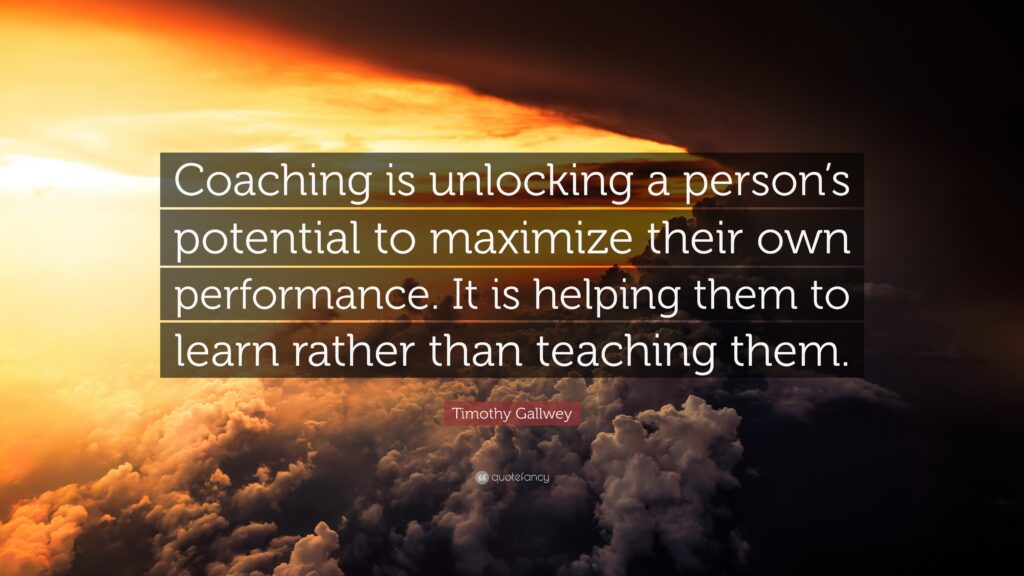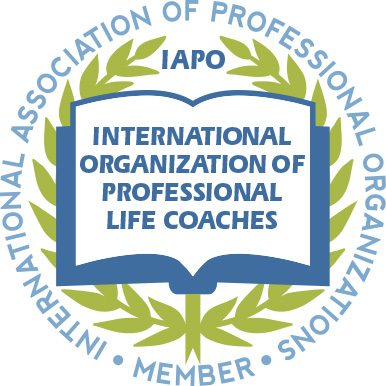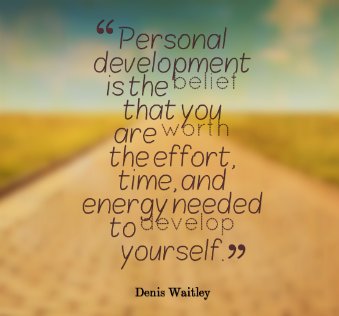Life is filled with peaks and valleys, twists and turns, and unexpected moments. There are so many events that shape our experience and sense of well-being. Interestingly, there is also a phenomenon at work in the background. This hidden influence shapes our innate sense of contentment, separate and apart from day-to-day happenings. It’s known as the happiness curve.
The concept of the happiness curve suggests that our sense of well-being and contentment follows a U-shaped curve throughout life. Our happiness levels dip in midlife before rising again in later years.
Today, we explore the wonders of the happiness curve. We cover the factors that influence our happiness at different life stages. And also provide insights on how to navigate the journey in ways that can optimize our joy and fulfillment and help us to be our very best selves.
Understanding the Happiness Curve
The happiness curve has been studied extensively by psychologists. Research suggests that we tend to experience a dip in happiness and life satisfaction in our 40s and 50s. This is often referred to as the “midlife crisis” phase.
The midlife dip in the happiness curve often catches people off guard.
During this phase, we may experience feelings of discontent, dissatisfaction, disillusionment. We may also feel a sense of longing for deeper meaning and purpose in life.
But why does this dip occur?
Some researchers attribute it to a sense of stagnation or unrealized aspirations. Others point to external factors such as career pressure, financial stress, and relationship challenges.
As we move past the midlife dip, we often experience a sense of renewal and growth. In our 60s and beyond, happiness levels often start to rise again. This can lead to a greater sense of contentment, peace, positivity, and well-being.
Our later years of life are characterized by an increased appreciation for simple pleasures. We also may experience stronger social connections, and a deeper sense of purpose.
This burst of happiness in later years can be attributed to a shift in priorities, a greater acceptance of life’s ups and downs, a deeper understanding of our life purpose, and a heightened sense of gratitude.
The U-shape of the happiness curve illustrates that our own personal happiness level is not a constant state.
Rather, it is quite dynamic, evolving over time. Sometimes, in ways that do not necessarily align to tangible changes we are experiencing in our lives.
Factors Influencing Happiness at Different Life Stages
Various factors contribute to the fluctuations in happiness levels along the happiness curve.
In early adulthood, the pursuit of career goals, personal achievements, and relationships may drive happiness.
However, as we progress through midlife, we may encounter challenges such as career transitions, relationship changes, and existential questioning that can impact our overall sense of well-being.
In later years, factors like wisdom, gratitude, resilience, and social connections often play a significant role in fostering happiness and life satisfaction.
All other things being equal, this natural progression along the happiness curve can significantly impact our own sense of fulfillment, contentment, and joy.
Navigating the Journey Toward Greater Joy
While the happiness curve may paint a general picture of well-being across the lifespan, it’s essential to recognize that each of us have a unique journey.
One thing that is consistent for all of us? Navigating this curve towards greater joy and fulfillment requires self-awareness, resilience, and a proactive approach to our well-being.
Some strategies to help navigate the happiness curve effectively include:
- Embrace Change: Recognize that life is full of transitions and embrace the changes that come your way, viewing them as opportunities for growth and self-discovery.
- Cultivate Meaningful Connections: Foster deep and meaningful relationships with family, friends, and community members to nurture a sense of belonging and social support.
- Practice Gratitude and Mindfulness: Cultivate a mindset of gratitude and mindfulness to appreciate the present moment, savoring the small joys and blessings in your life.
- Set Meaningful Goals: Define clear goals and aspirations that align with your values and passions, providing a sense of purpose and direction in life.
- Prioritize Self-Care: Take care of your physical, emotional, and mental well-being by incorporating self-care practices such as exercise, meditation, hobbies, and relaxation techniques into your daily routine.
Read More About the Happiness Curve
How to Make the Most of the Happiness Curve
The happiness curve reminds us that our own level of happiness is not fixed but something that we can influence, and something that will naturally evolve over time.
By understanding the fluctuations in our well-being at different life stages and implementing strategies to enhance our happiness and fulfillment, we can navigate this curve with resilience, optimism, and a deeper sense of purpose.
Embrace the twists and turns of your happiness journey, cultivate joy in the present moment, a healthy level of positivity, and strive to create a life that reflects your values, passions, and dreams.
Happiness is not the absence of challenges but the ability to find joy and meaning in the midst of life’s ups and downs.
Embracing the Ups and Downs
We are reminded by the happiness curve that happiness is not a constant state but a dynamic and evolving experience.
It’s okay to feel the lows of the midlife dip and embrace the highs of later years.
By acknowledging the natural fluctuations in happiness, we can adopt a more resilient mindset and navigate life’s challenges with grace.
Thank you as always for reading.
If you haven’t yet subscribed, please visit KindCompassCoach and enter your email address so you never miss a post.
As Amazon Associates, we may receive a small commission (at no cost to you) for items purchased through links in this post.


Joan Senio is the founder of KindCompassCoach. Her career includes 20+ years as a private sector corporate executive and 15 years as a consultant. The common thread through her professional life has been a commitment to compassionate coaching and leadership, including mentoring early and mid-career professionals as well as current and future executives and leaders. KindCompassCoach articles are backed by research and include facts and advice from relevant experts. Joan is a member of the International Organization of Life Coaches, serves as a thought-leader for KuelLife.com and is a regular contributor to PsychReg and Sixty and Me.
Discover more from KINDCOMPASSCOACH LIFE COACHING
Subscribe to get the latest posts sent to your email.







No Responses